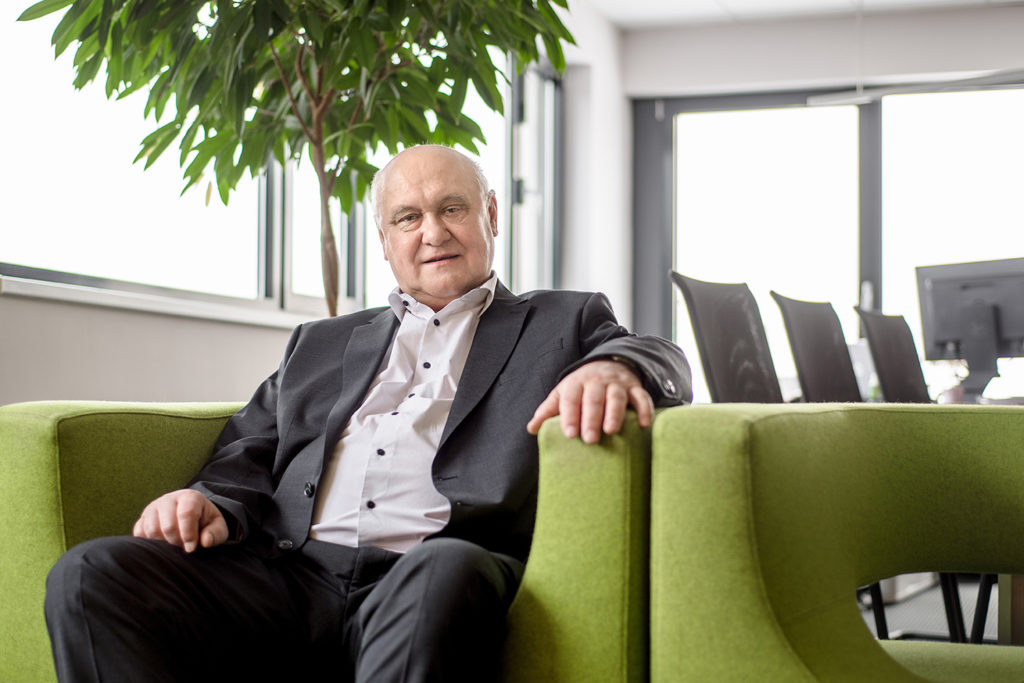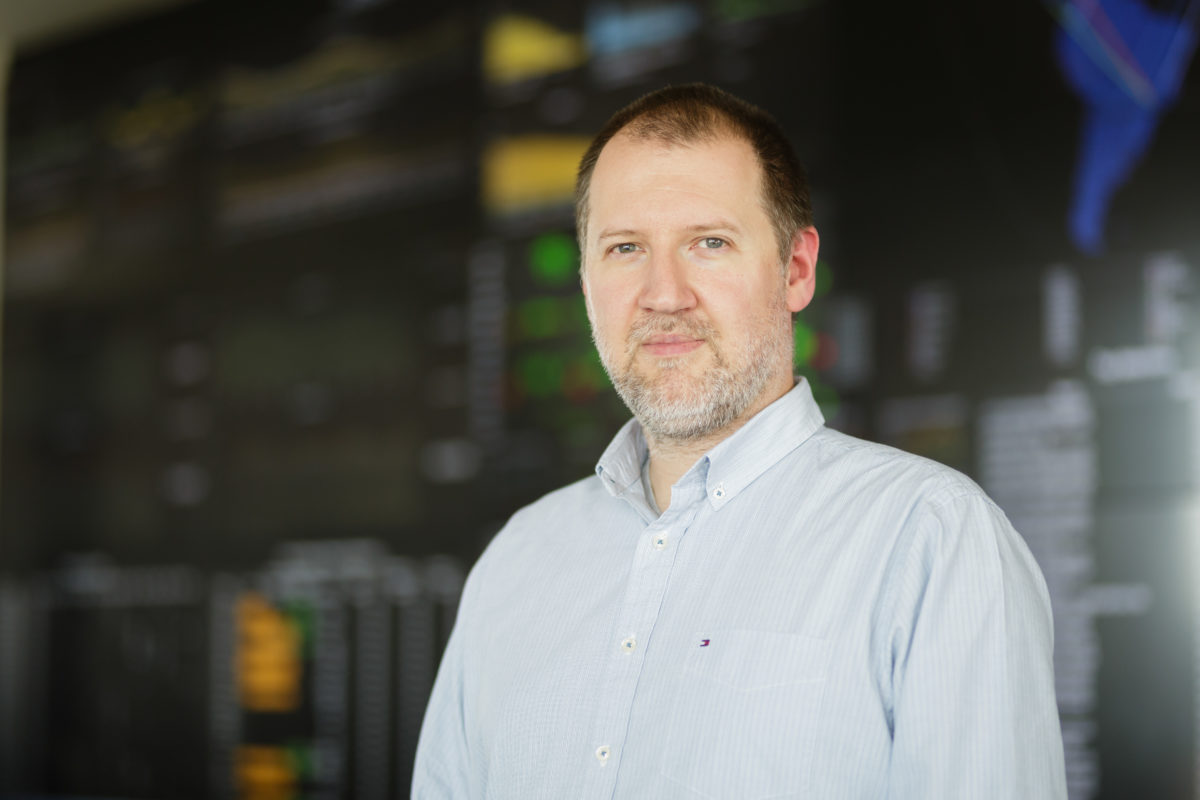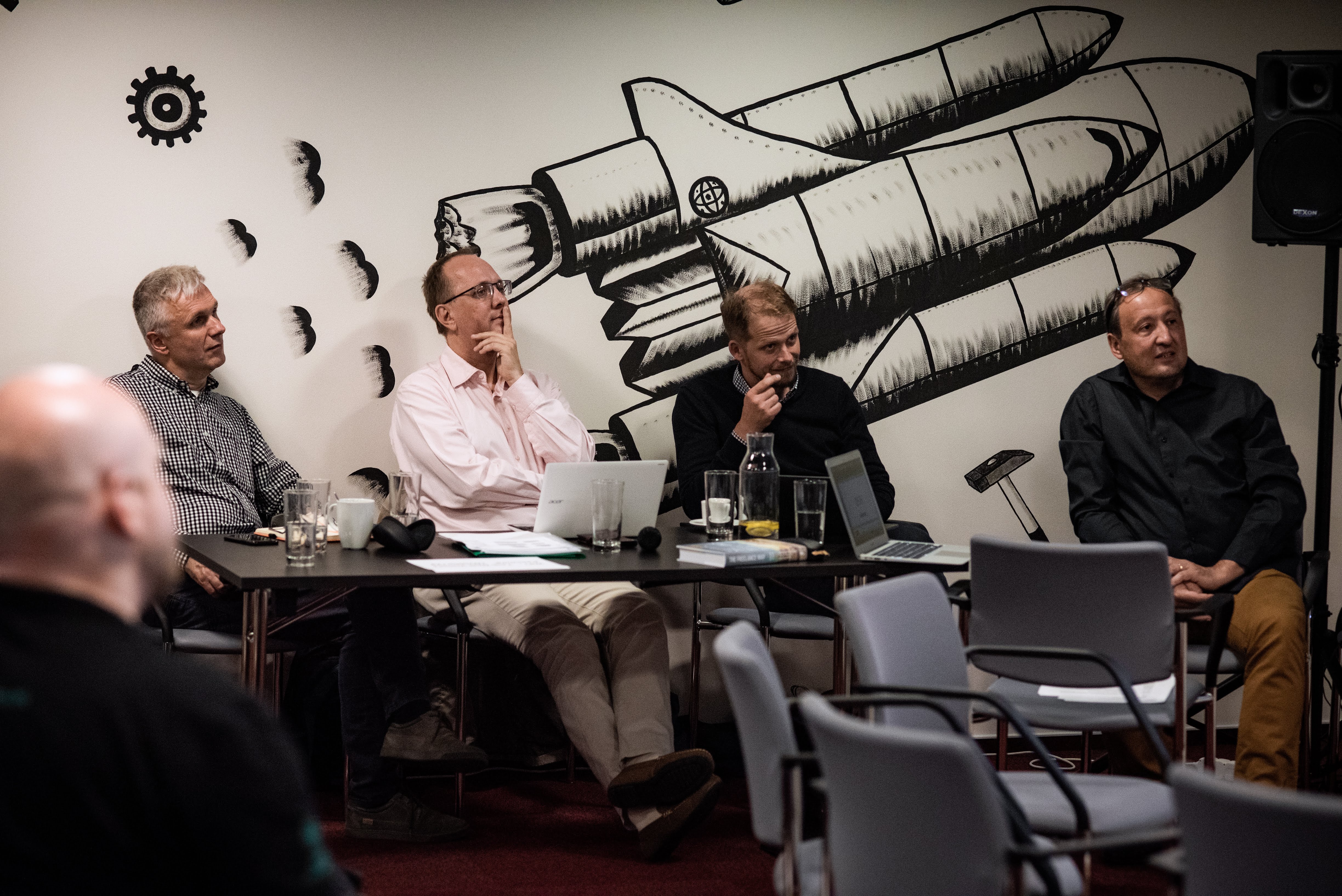Brno success stories: Tescan Orsay Holding – microscopy power

Even people who aren’t business savvy have probably heard about Brno being a stronghold for companies developing antivirus software, and also electron microscopy. Concerning the latter, two of the five global leaders in microscopy have their development facilities here. One of them is Brno-born Tescan with a turnover of USD 108 million and clients in 77 countries.
We spoke with Tescan’s CEO, Jaroslav Klíma, about the ups and downs of doing business from Brno and the key factors to their success. His is the fifth in our series of interviews with the personalities behind notable Brno companies that operate internationally.
Jaroslav co-founded Tescan in 1991 after leaving his employer Tesla Brno, a traditional producer of analog microscopes for the Soviet Bloc market. Nowadays, Tescan has fourteen daughter companies providing mostly distribution and support in the US, China, France, UK, Benelux, German-speaking countries and Brazil. The company employs 600 people in total, and 370 of them in Brno.
Understand their business
Tescan sells integrated systems for imaging and analysis in micro & nano space. The business solution package also typically includes a methodology for recommended conditions, preparing samples and data processing & interpretation. Their main clients are global corporations like Samsung, Intel or Bosch. About half of their revenues come from universities and other research institutions. In general, their customers are organisations working with semiconductors or in the area of material processing or microbiology.
Clients prefer buying laboratory equipment from the same supplier to guarantee compatibility and single responsibility. Tescan’s competitive advantage lies especially in their workflow integration and the ability to develop and deliver tailor-made solutions for individual customers.
Becoming international
In 2002, Tescan expanded to the Chinese market (that currently represents over one quarter of Tescan’s market), and in 2010 to the US. Both regions are still the key revenue drivers – together with South Korea, Germany and the rest of Europe.
Their US reference list includes clients such as NASA, Navy bases or Air Force research centre. Jaroslav also sees a large potential in German research institutions where the success of Skoda Octavia helps the whole Czech industry. And nobody should discard the potential of Chinese companies and universities with their support of American and German professors, extra large laboratories and budgets.
The major move for Tescan was in 2013 when they merged with a French university spin-off producing ion beam based microscopes. The company became Tescan Orsay Holding. A few more similar acquisitions were realized over the years, for example in Germany, Belgium and the US.
Jaroslav mentions three critical points in the company’s history that pushed them to the world’s top league. First of all, it was the team’s hard work and passion to learn just in time for the revolution that swept through the microscopy world in the early 90ies and turned the industry around down the digital path. Secondly, overcoming the crisis with Zeiss & Leica takeover gave them the confidence to step forward on their own (late 90ies). The third key step to their today’s success was the above mentioned fusion with the French spin-off.
Jaroslav, originally a researcher, can be considered a key factor himself – he became the EY Technology Entrepreneur of the Czech Republic.
Home in Brno
There are only few centres of electron microscopy in the world in which knowledge is being transferred across generations. Brno is one of them. There’s another top player competing with Tescan, also Brno-based – the FEI company, recently acquired by the global leader Thermo Fisher Scientific.
The key strength, Jaroslav says, is the local technical talent. Their cooperation with Brno universities and CEITEC (The Central European Institute of Technology) results in recruiting over 15 graduates a year. The universities aren’t only a source of talents, but also partners when it comes to testing and sharing of information.
As far as Jaroslav is concerned, the biggest cons of doing business in Brno are the highway connection to the Vienna airport and the missing zoning plan desperately needed for his construction development plans.
”Organic growth won’t be sufficient. We will have to be open to new acquisitions and fusions. A few serious offers from big technology corporations have already come. Partnering with them may make sense in the future,” Jaroslav closes.
Jaroslav always wanted to travel. During the Communist regime, his family didn’t have the privilege to do so for pleasure, so the only possibility left to him was to become great enough at his job to be sent abroad on business. At Brno’s Tesla, he started as a technician and worked his way up to be the leader of their research team. In business, he follows the advice his grandmother used to say: ‘Honesty is the best policy’. And Masaryk’s well-known principle, ‘Don’t be afraid and don’t steal’.
Tescan Orsay Holding in numbers
| 2016 | 2017 | 2018 | |
| Turnover (in mil CZK) | 1795 | 1746 | 2426 |
| EBITDA (in mil CZK) | 63 | 118 | 308 |
| Employees worldwide | 414 | 460 | 543 |
| Employees in Brno | 256 | 293 | 337 |
| Share of R&D costs (in %) | 10,9 | 12,3 | 11,9 |

